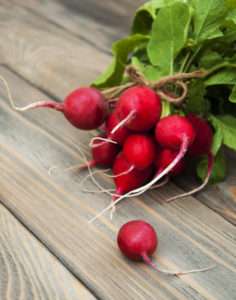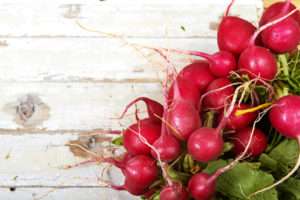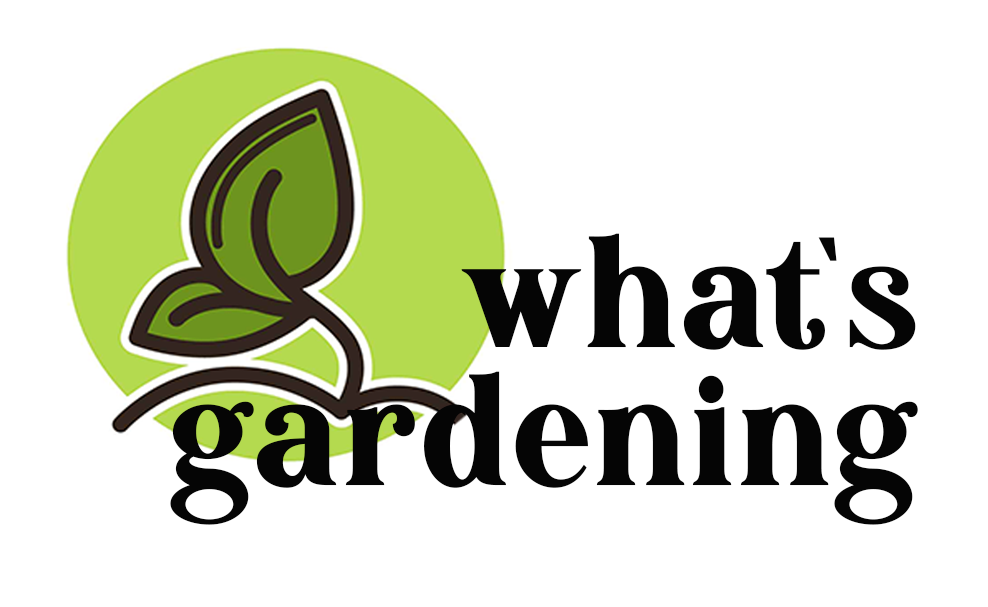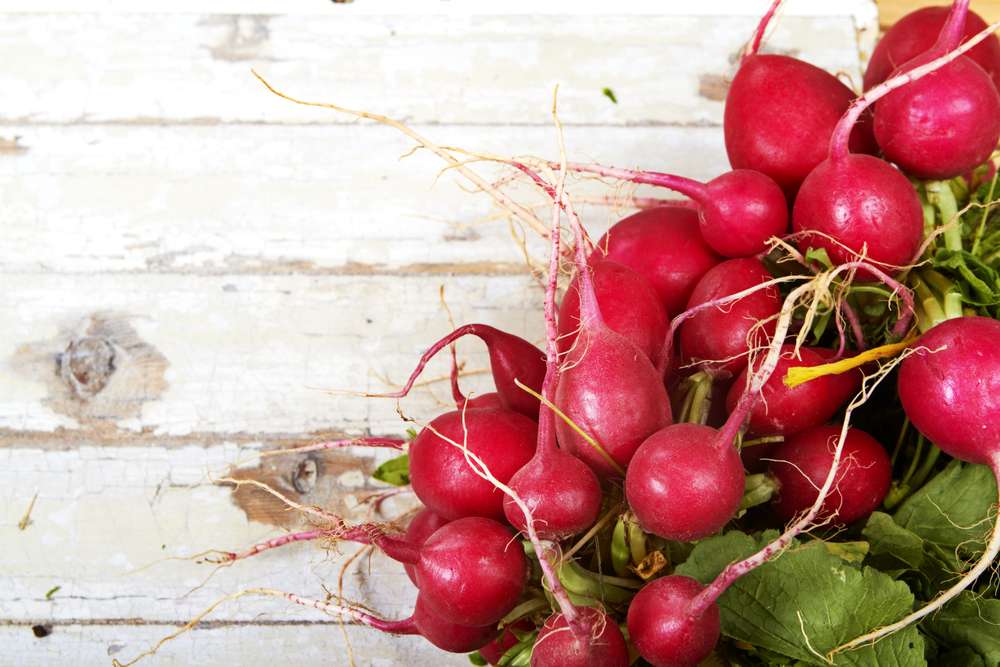The rainbow colored root vegetables bring a bright taste sensation to many dishes. It is possible to grow radishes in the ground, in a greenhouse, on a patio or balcony, and they are small enough to be planted in pots indoors. Their leaves can be eaten from seed to fork in four weeks.
When to plant radishes is the most important step in growing them. If you get this right, you can enjoy a harvest that’s high in vitamins C and antioxidants all year long.
Whatever space you have, it is possible to plant a pot or two of radishes, or sow seed on your plot as part of your vegetable garden ideas. Gardeners will often be wondering when to plant radishes, and if it’s too cold or hot.
How Long do Radishes Take to Grow?
The radishes grow quickly in the early spring. If you want to mark the lines of slower germinating summer crops, such as carrots, consider planting radishes as soon as the soil can be worked.
It is possible to harvest many varieties within three to four weeks.
Successional sowings in the spring will ensure you have a continuous harvest. Try growing a variety of French Breakfast, round red ‘champion’, heirloom varieties ‘Sicily Giant’ or ‘Bunny Tail’ or carrot-shaped ‘White Icicle’.
Is Now a Good Time to Plant Radishes?
If you are wondering when to plant radishes, the best month to plant radishes depends on a number of factors, including the climate where you live, and whether or not you are sowing seed outdoors.
The best time to sow radish is in April when the soil warms up and the weather warms up.
The heat of summer mellows and radishes are less likely to bolt so a fall sowing is ideal.
If you have a small vegetable garden, sow radish outdoors between slower crops, such as parsnip, to make the best use of the space.
 In the spring and fall, there are frosts and the heat of summer. In many USAD zones, radish can be sown outside from April if there is a risk of frost.
In the spring and fall, there are frosts and the heat of summer. In many USAD zones, radish can be sown outside from April if there is a risk of frost.
As part of planning a kitchen garden, radishes are sown between other slower growing crops as a catch crop, where you get a quick harvest while you wait for other crops to mature. radishes prefer full sun so make sure they don’t get shadowed by other crops.
They do not grow well in heat. If you want to plant radishes outside in the summer, be aware that the baking temperatures of summer can cause plants to bolt and go to seed.
Mary Payne suggests using Daikon or Mooli, also known as China Rose, for fall sowings. They will be slower growing.
The varieties have been bred for winter. The name means big root and it also means breaking up the soil. The long, white roots of ‘Mooli’ are slower to grow and develop than other plants. Daikon radish is great for winter salads.
When to Plant Radishes
Radishes are an ideal crop to grow indoors all year round, so if you’re wondering when to plant them under cover, you’ll be happy to know.
You can sow radishes in a heated greenhouse, propagator or on a sunny windowsill in the winter when temperatures plummet.
You can sow in the heat of summer if you water them more throughly.
Start sowing early.
If you want to maximize the growing season, you can start early radish sowings indoors and transplant seedlings outside once the weather warms up. They should be kept well watered to allow their tap roots to swell.
Once the light levels start to improve, you can sow under glass, in a tunnel or on a sunny windowsill. They need to be grown fast. Mary Payne says she likes the round-rooted type.
If you want to sow pots of radish in late winter as part of your vegetable garden container ideas, then move them outdoors once the risk of frost has passed in your zone. Pots are a great way to grow your own food on a balcony or patio and allow you to change pot location if conditions change.
You will be able to enjoy the radish in the winter even if you grow it in a protected environment.
When to Harvest Radishes
 Radishes are usually ready to harvest quite soon, as early as 3 weeks after planting for certain varieties. For most radishes, you should harvest when the roots are about 1 inch in diameter at the soil surface. When to harvest radishes, you can pull one out and test it before harvesting the rest of the radishes. If they are ready, you shouldn’t leave radishes in the ground too long after they are mature.
Radishes are usually ready to harvest quite soon, as early as 3 weeks after planting for certain varieties. For most radishes, you should harvest when the roots are about 1 inch in diameter at the soil surface. When to harvest radishes, you can pull one out and test it before harvesting the rest of the radishes. If they are ready, you shouldn’t leave radishes in the ground too long after they are mature.

